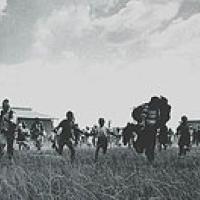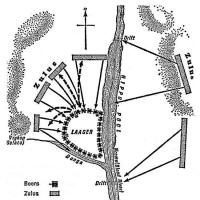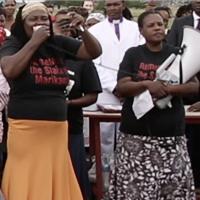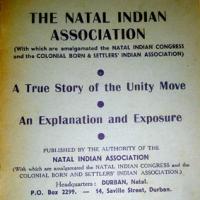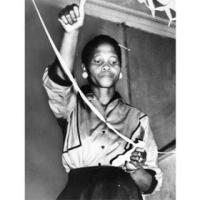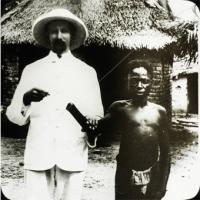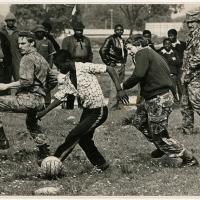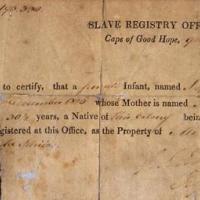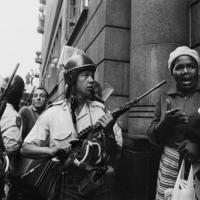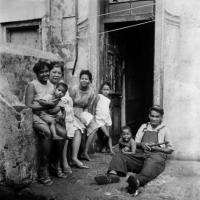Commercial and private planes can easily be spotted on the runway a few meters away from their open air viewing deck. It all began when In 1974 the dream became a reality and work began to build Johannesburg’s alternative International Airport, with a mere investment of R 2,7 Million. The residents of the Area were not too excited about the prospect of getting a noisy airport on the boarders of their peaceful Farming land! They formed a committee and protested against the development, which regularly made front page news. However, the Minister of Planning, Mr J.J.
Published July 14, 2020Updated January 31, 2025
